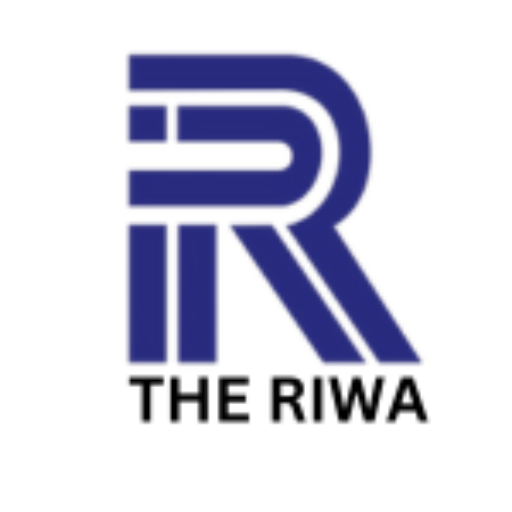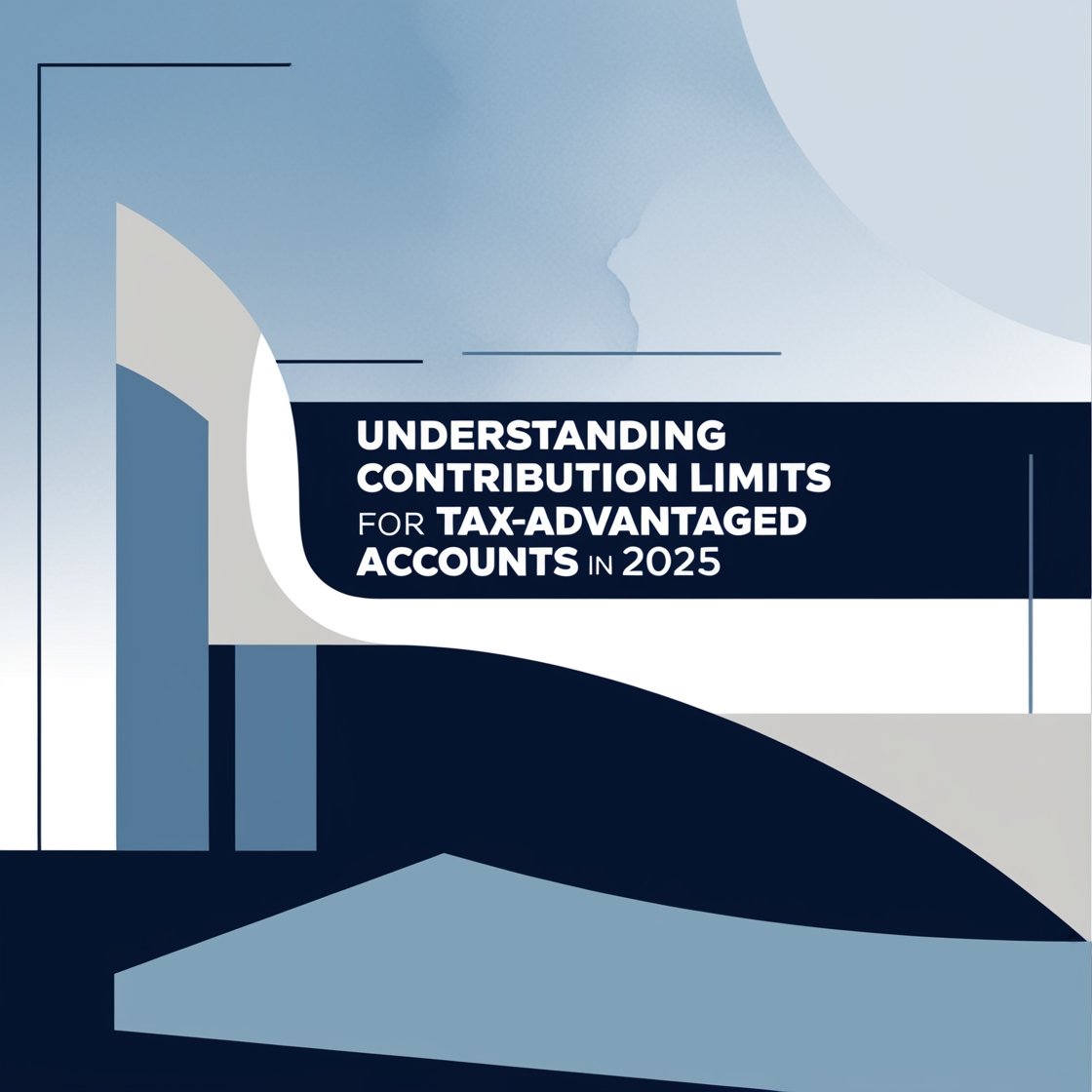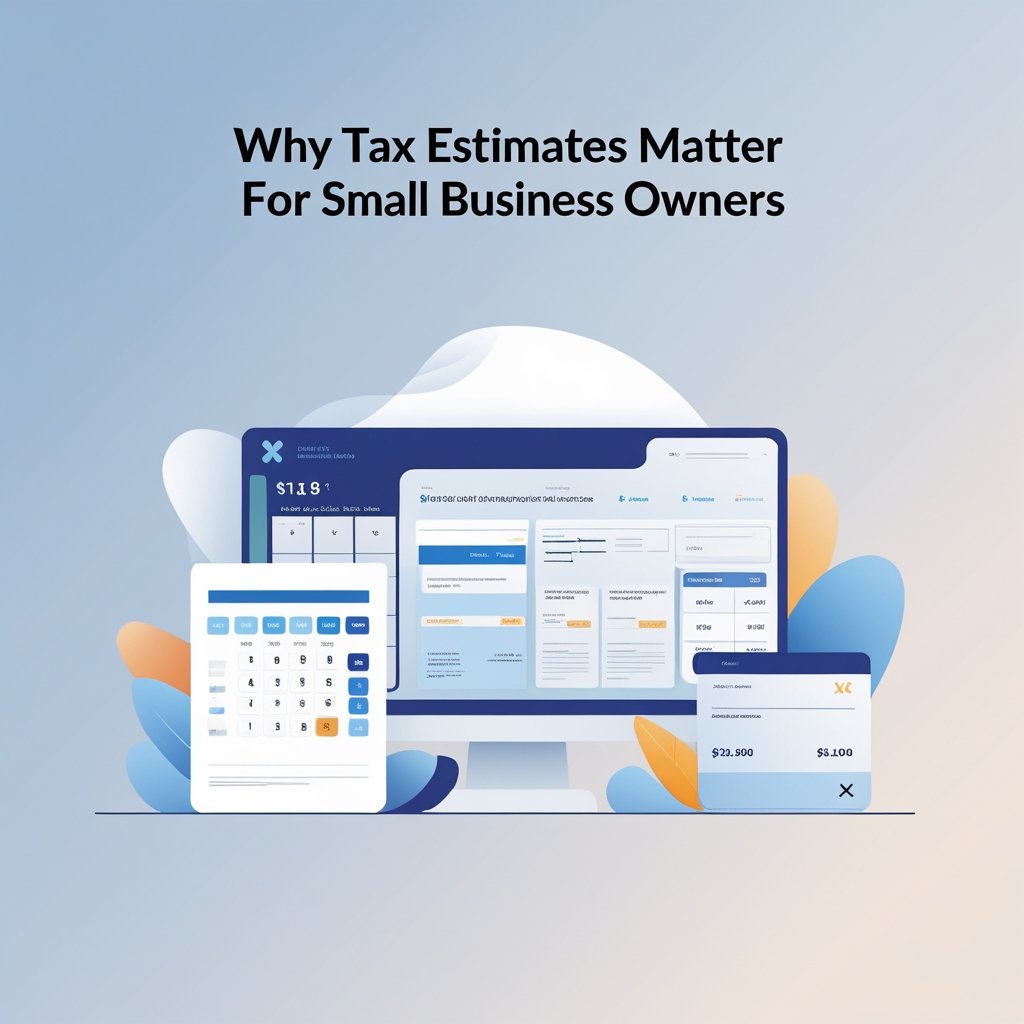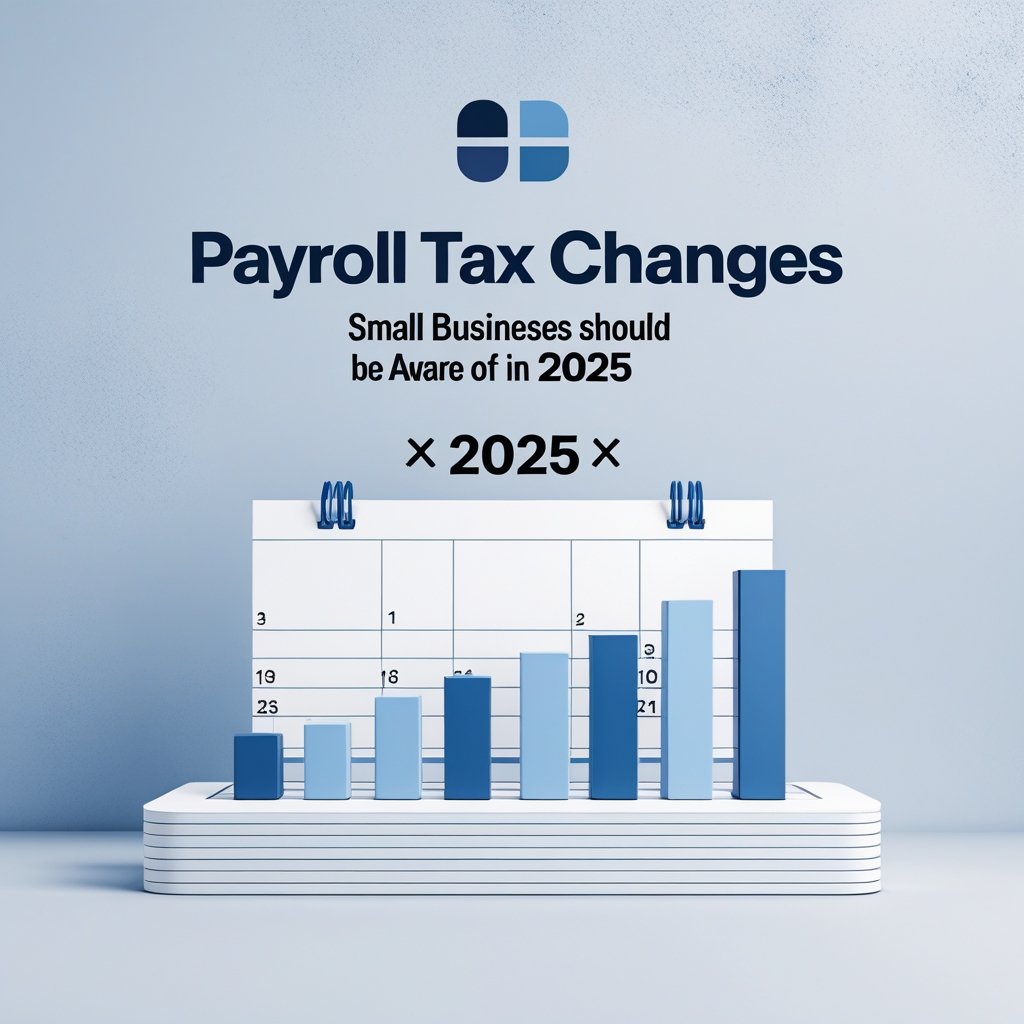As we enter the 2025 tax season, understanding contribution limits for tax-advantaged accounts is crucial for maximizing savings and minimizing taxable income. These limits, adjusted annually for inflation, impact retirement savings, health savings, and education funds. Here’s a breakdown of the key contribution limits for 2025 and how they can benefit you.
Retirement Accounts
- 401(k), 403(b), and 457 Plans
For 2025, the contribution limit for employees participating in 401(k), 403(b), and most 457 plans has increased to $23,000, up from $22,500 in 2024. If you are 50 or older, you can make an additional catch-up contribution of $7,500, bringing the total to $30,500. - Individual Retirement Accounts (IRAs)
The contribution limit for Traditional and Roth IRAs has increased to $7,000, up from $6,500 in 2024. The catch-up contribution for those aged 50 and older remains at $1,000, allowing a total contribution of $8,000. - SIMPLE IRA
For small business owners and employees participating in SIMPLE IRA plans, the contribution limit has increased to $16,000, with a $3,500 catch-up contribution for those aged 50 and older.
Health Savings Accounts (HSAs)
Health Savings Accounts (HSAs) offer tax advantages for individuals with high-deductible health plans (HDHPs). The contribution limits for 2025 are:
- Individual coverage: $4,300 (up from $4,150 in 2024)
- Family coverage: $8,550 (up from $8,300 in 2024)
- Catch-up contribution (55+): $1,000
HSA contributions are tax-deductible, grow tax-free, and can be withdrawn tax-free for qualified medical expenses.
Education Savings Accounts
- 529 Plans
There is no federal contribution limit for 529 plans, but many states set limits ranging from $235,000 to $550,000 per beneficiary. Contributions are considered gifts for tax purposes, meaning individuals can contribute up to $18,000 per year without triggering a gift tax, or up to $90,000 using a five-year election. - Coverdell Education Savings Account (ESA)
The contribution limit remains at $2,000 per beneficiary per year. Unlike 529 plans, ESAs have income restrictions, making them best suited for middle-income families.
Maximizing Tax Benefits
To take full advantage of these contribution limits:
- Contribute early in the year to maximize tax-free growth.
- Utilize catch-up contributions if you qualify.
- Consider employer matches for retirement accounts to boost savings.
- Plan strategically for education savings to avoid exceeding gift tax limits.
By staying informed about these limits, you can optimize your tax-advantaged savings and work toward long-term financial goals. Always consult a tax professional to determine the best strategies for your financial situation.
Contact us: +1 (972)-996-6644
Email us : info@theriwa.com Visit our website : https://theriwa.com/






